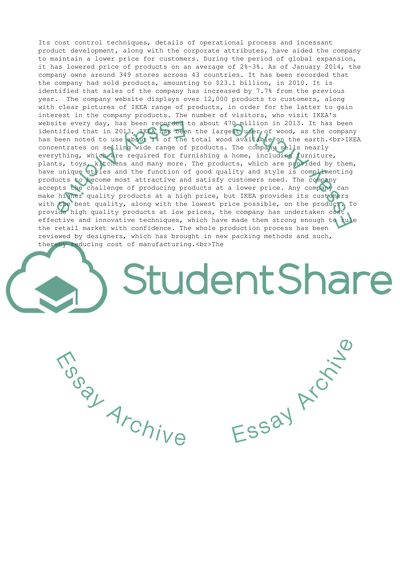Cite this document
(“Quality in customer focussed operations Assignment”, n.d.)
Retrieved from https://studentshare.org/business/1626644-quality-in-customer-focussed-operations
Retrieved from https://studentshare.org/business/1626644-quality-in-customer-focussed-operations
(Quality in Customer Focussed Operations Assignment)
https://studentshare.org/business/1626644-quality-in-customer-focussed-operations.
https://studentshare.org/business/1626644-quality-in-customer-focussed-operations.
“Quality in Customer Focussed Operations Assignment”, n.d. https://studentshare.org/business/1626644-quality-in-customer-focussed-operations.


